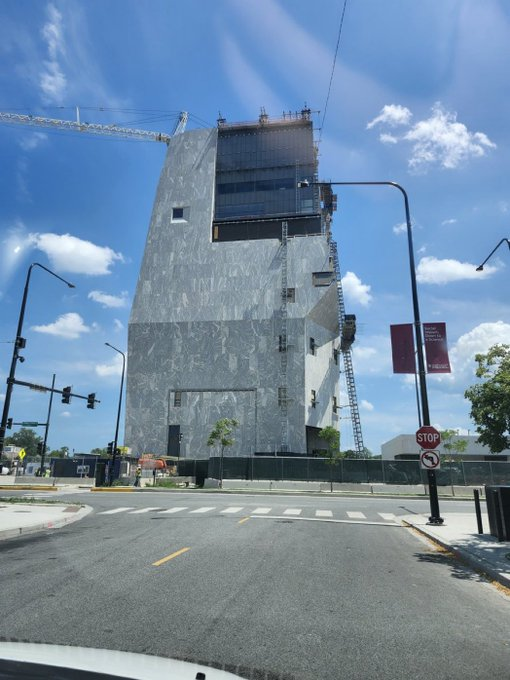I was about to make a thread on this because I remember this in the old RvF. A lot of people on the right poo-poo the left-leaning tendency to talk about walkable cities, but I think they're 100% correct about it. Walkable cities are how cities have ALWAYS been designed. People don't realize what American cities used to look like before WW2. Just go search for pictures of our cities in the early 20th or late 19th century and you'll be amazed at how much more vibrant, well-designed, and human they look.
The soulless, boring, and flat out hostile design of our streets and architecture is impossible to unsee once you know. The suburbs are the most miserable place in existence. They are full of single family homes with ZERO commercial buildings mixed in. It's not uncommon for people to have to get in their car and drive somewhere to be able to WALK outside. This is just one example. I could write a whole disseration on this. It drives me crazy. Another thing that's more immediately apparently is how building architecture has become increasingly oppressive and soulless. Newer shops, especially restaurants, have this hyper modernized look to them that looks like a hospital or mental ward, sterile, cold, and lifeless.
Here's a couple videos on the subject. The second one is from a channel that is admiteddly leftist, but he almost never brings up sociopolitical issues, only the issues that plague modern urban design. The first video is one you've probably seen but I think it's one of the best presentations ever made on this issue and it is probably enough to "red pill" most people on the subject if they have an open mind and keen observation to detail.







